Finding a 1,000-year-old Viking arm-ring made of gold, beautifully created by tying eight gold rods in a row, metal detectorist Ronald Clucas would cause waves in the field of archeology in a peaceful spring morning in 2025. The relic was discovered on the Viking trading post Isle of Man, the piece of art provides an intriguing glimpse into a time when wealth was affixed to the sleeves and jewelry doubled as money. The real mystery, however, is the reason this priceless item was initially buried. Did it go to gods, hidden in the rush, or just disappeared? While the answers may never be found, the clues left behind offer a compelling story that tells the story of Viking Age survival, trade and power.
A Golden Surprise: The Moment of Discovery
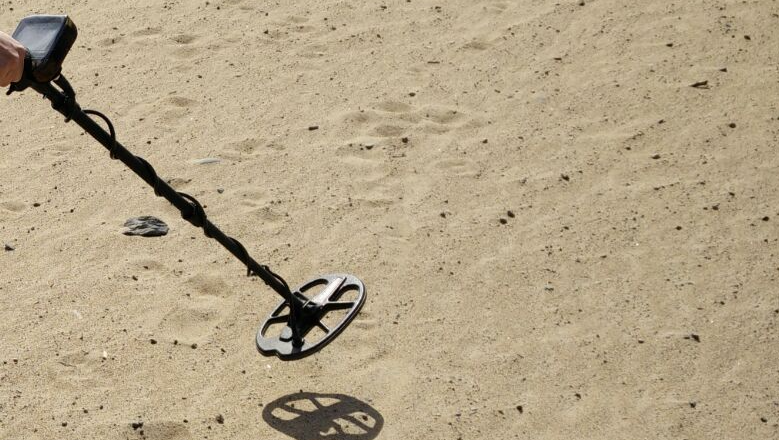
Having five decades of experience, Ronald Clucas of the Manx Detectorist Society was scanning a field when his metal detector produced a faint signal unlike that of gold, usually giving a poor reading. “I wasn’t really sure at first,” Clucas said. A folded piece of gold buried just under the ground later proved to be a fragment of a Viking arm-ring. Originally part of a bigger, finely plaited band, the 3.7 cm (1.5 inch) long piece weighed 27.3 grams (almost an ounce). For Clucas, who had earlier discovered Viking silver and lead ingots, this was the find of a lifetime, a fitting reward for his 50-year commitment to the past-time.
A Masterpiece of Viking Craftsmanship
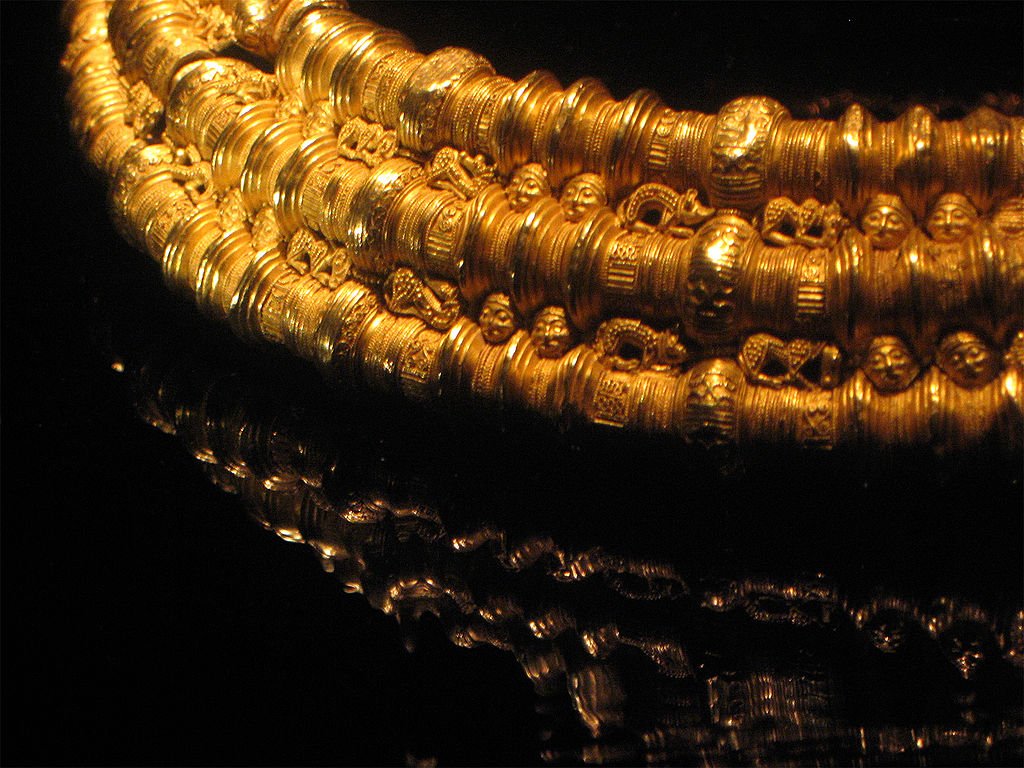
The design of the arm-ring exposes the output of a very talented goldsmith. Unlike the more popular silver jewelry of the day, gold was a rare and valuable metal in Viking society, mostly saved for the elite. The braiding method twisting eight separate gold rods into a single, flawless band called for accuracy and artistic ability. “This was a statement, not just jewelry,” Manx National Heritage’s Curator of Archaeology, Allison Fox says. The weight and workmanship of the fragment point to someone of great status, most likely a chieftain or rich trader.
Bling or Bank? The Dual Role of Viking Jewelry
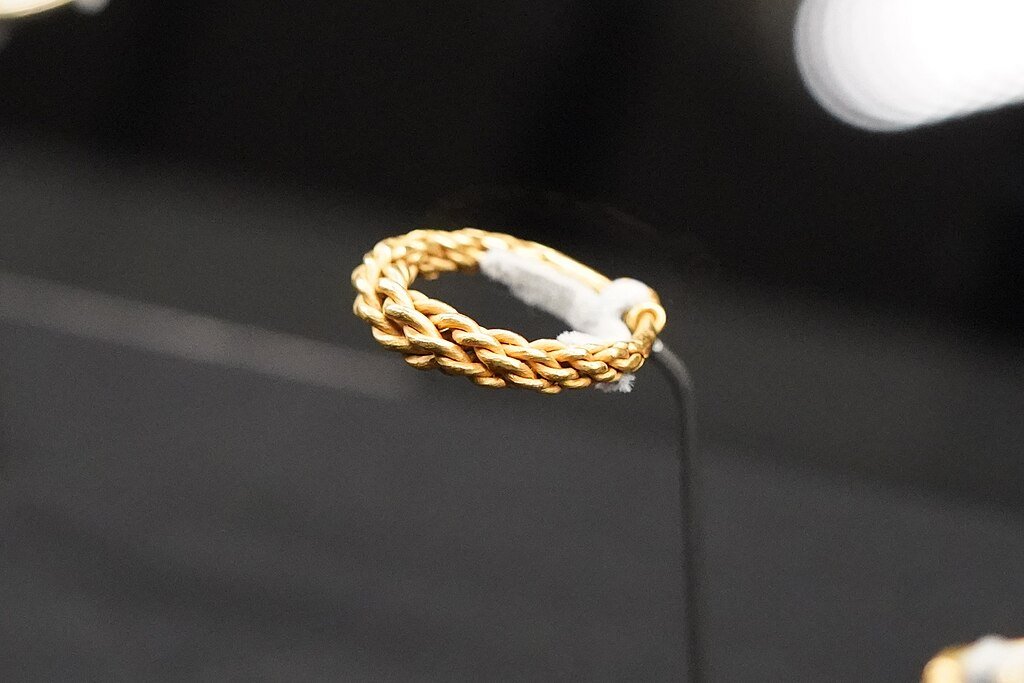
In the Viking economy, beauty and function went hand in hand. While the arm-ring would have been a striking display of wealth, it also served as a portable form of currency. Fox notes that Vikings frequently hacked apart precious metal items to pay for goods hence the two clean cuts on this piece. One slice removed the decorative terminal end, while another nearly halved the ring, likely marking two separate transactions. The Isle of Man operated on a dual economy, where coins and bullion (cut silver or gold) circulated side by side. Gold, however, was far rarer than silver, making this find particularly significant.
The Mystery of the Buried Treasure
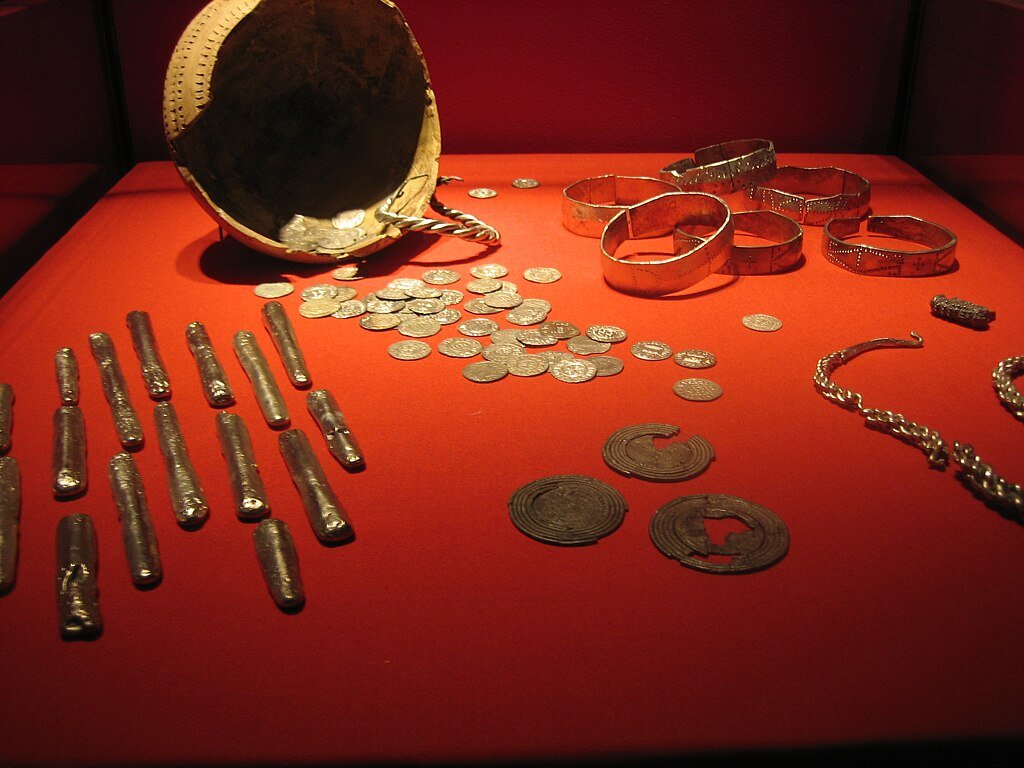
For what reason was this priceless fragment buried for a millennium? Archaeologists are just able to hypothesize. One theory holds it was concealed during a crisis, maybe a raid or political upheaval meant to be recovered later. Alternatively, it might have been a custom not unusual in Viking society, a ritual gift to Norse gods. Fox says, “We’ll never know for sure,” yet “each possibility opens a window into Viking life.” The fact that it was never recovered suggests an abrupt, maybe tragic turn of events.
The Isle of Man: A Viking Powerhouse
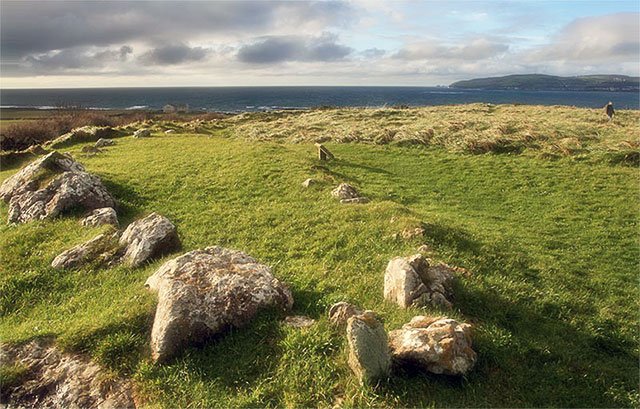
The find emphasizes the island’s significance as a Viking trade center. Nestled between Britain and Ireland, the Isle of Man was a bustling center where coins from England, Ireland, and Scandinavia traded along with silver and gold. Recent discoveries, including piles of Viking coins and other jewelry, confirm its part in a large commercial network. Fox notes “More Viking Age silver has been found here per square kilometer than in England, Ireland, Scotland, or Wales.” This arm-ring reveals the island’s links to a larger Viking world, so adding still another layer to that legacy.
From Soil to Museum: Preserving the Past
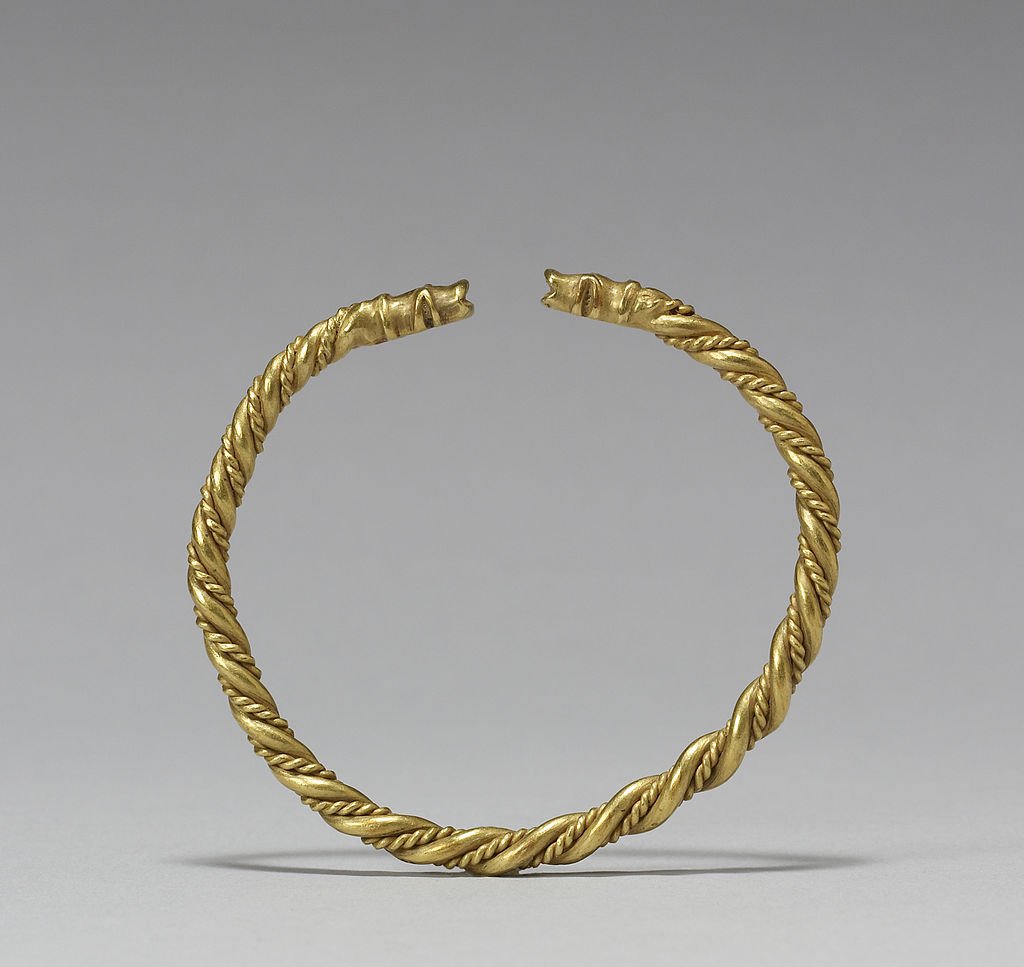
Declared official “treasure” under the Isle of Man’s 2017 Treasure Act, the arm-ring now resides in the Viking Gallery of the Manx Museum, where it blends with other relics from the age. In his long career of investigation, Clucas finds a crowning success. For historians, it’s a jigsaw piece in knowledge of Viking daily life, trade, and artistry. And regarding visitors? a physical link to a time when wealth was worn, traded, and occasionally for purposes lost to time buried.
Final Thoughts: A Legacy in Gold
The narrative of this Viking arm-ring is more than just a tale of buried treasure; it’s a snapshot of a society in which jewelry was money, workmanship was power, and the line separating survival from sacrifice was almost nonexistent. One thing is clear as scientists investigate the fragment: the Isle of Man still has secrets just waiting to be discovered with their own narrative to tell.
Would you like to see the arm-ring personally? See the Manx Museum in Douglas, where it is now on show alongside other Viking-era marvels.
Sources:

Suhail Ahmed is a passionate digital professional and nature enthusiast with over 8 years of experience in content strategy, SEO, web development, and digital operations. Alongside his freelance journey, Suhail actively contributes to nature and wildlife platforms like Discover Wildlife, where he channels his curiosity for the planet into engaging, educational storytelling.
With a strong background in managing digital ecosystems — from ecommerce stores and WordPress websites to social media and automation — Suhail merges technical precision with creative insight. His content reflects a rare balance: SEO-friendly yet deeply human, data-informed yet emotionally resonant.
Driven by a love for discovery and storytelling, Suhail believes in using digital platforms to amplify causes that matter — especially those protecting Earth’s biodiversity and inspiring sustainable living. Whether he’s managing online projects or crafting wildlife content, his goal remains the same: to inform, inspire, and leave a positive digital footprint.




